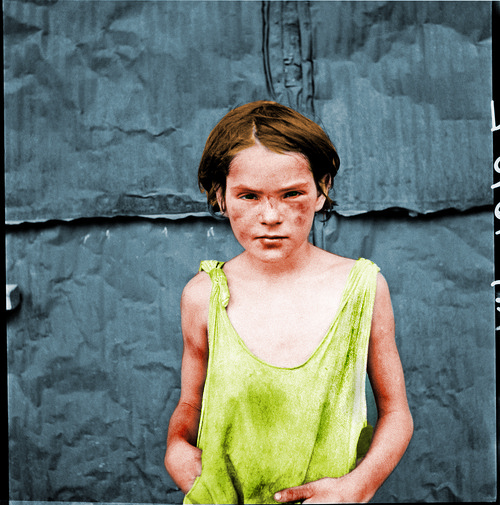6.3.4: The Consequences of Poverty
- Page ID
- 90923
Learning Objectives
- Describe the family and housing problems associated with poverty.
- Explain how poverty affects health and educational attainment.
Regardless of its causes, poverty has devastating consequences for the people who live in it. Much research conducted and/or analyzed by scholars, government agencies, and nonprofit organizations has documented the effects of poverty (and near poverty) on the lives of the poor (Lindsey, 2009; Moore, et. al., 2009; Ratcliffe & McKernan, 2010; Sanders, 2011). Many of these studies focus on childhood poverty, and these studies make it very clear that childhood poverty has lifelong consequences. In general, poor children are more likely to be poor as adults, more likely to drop out of high school, more likely to become a teenaged parent, and more likely to have employment problems. Although only 1 percent of children who are never poor end up being poor as young adults, 32 percent of poor children become poor as young adults (Ratcliffe & McKernan, 2010).

Poor children are more likely to have inadequate nutrition and to experience health, behavioral, and cognitive problems. Kelly Short – Poverty: “Damaged Child,” Oklahoma City, OK, USA, 1936. (Colorized). – CC BY-SA 2.0.


